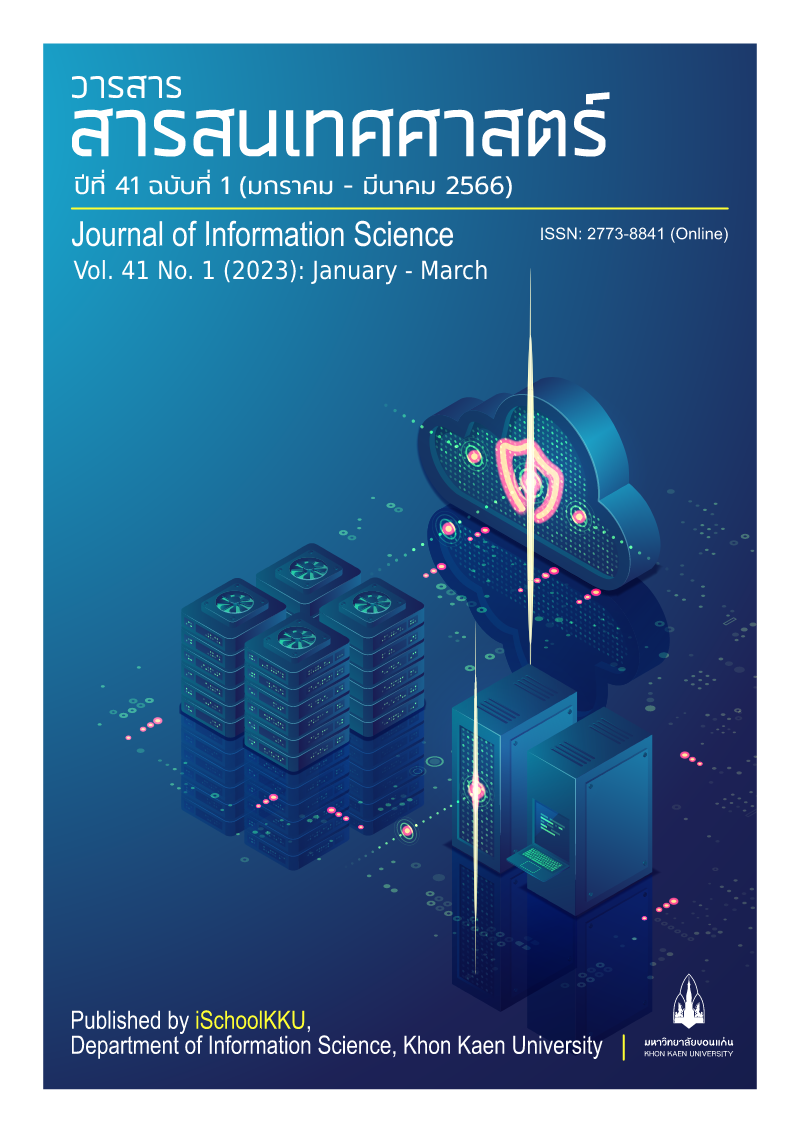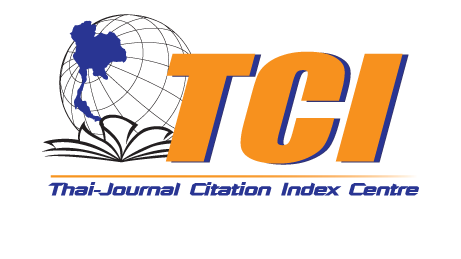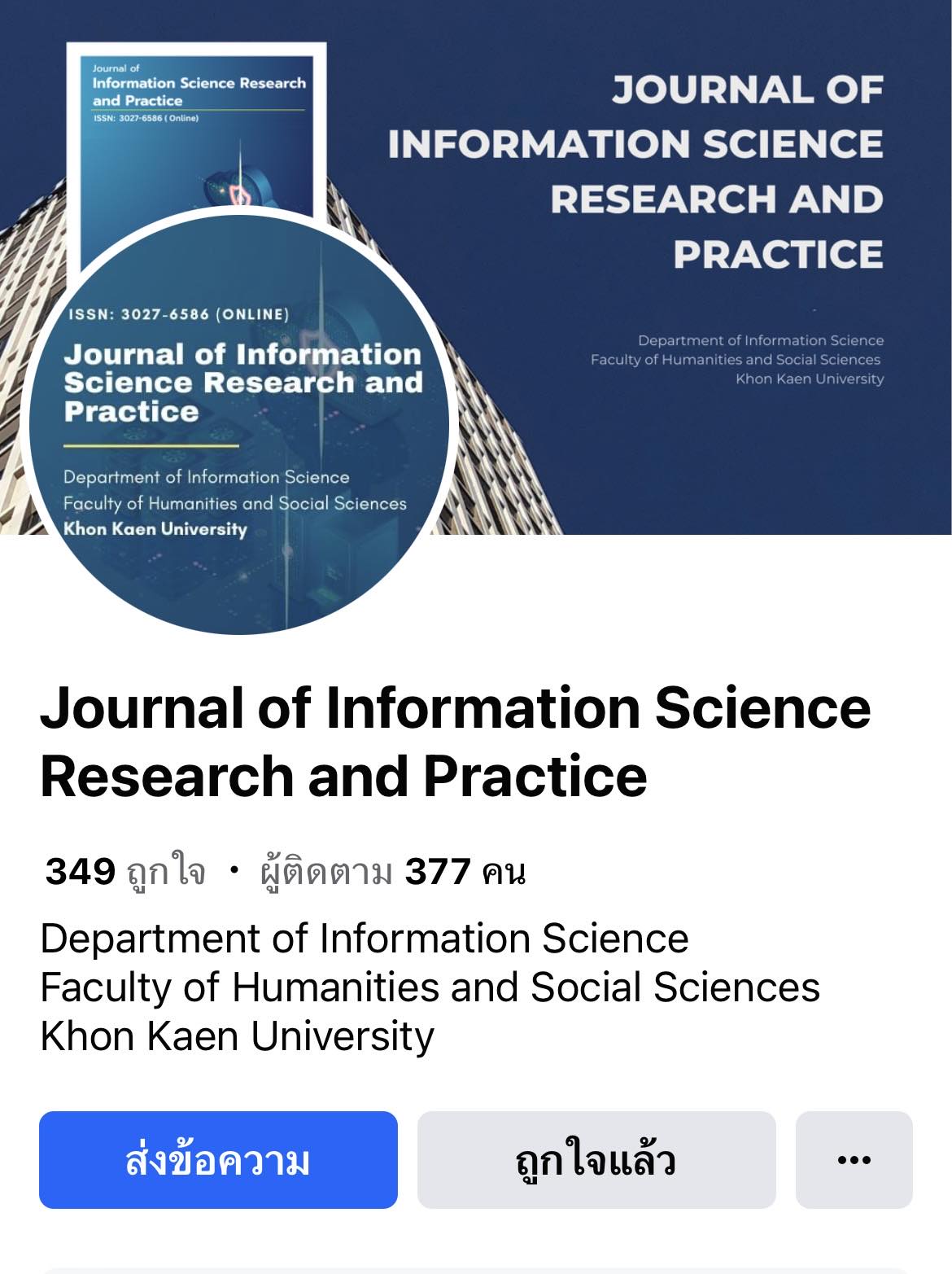A Design of an Ontology for Animation Scripts Writing Towards the Learning of Necessary Elements and Relationship Among Them
DOI:
https://doi.org/10.14456/jiskku.2023.4Keywords:
Ontology, Scripts writing, Animation script elements, Learning supporting toolAbstract
Purpose: This research aims to develop an ontology for the interoperable basic knowledge of essential elements in animation script according to story-telling theory in a form of an ontology. The ontology is for helping the students to realize and clearly map their thought to the predefined schema towards the completion and reasonable of idea and design.
Methodology: The knowledge of script writing theory is extracted and represented as ontological concepts. The concepts involve story structure of the scripts including characters and their relationship, events with the cause and effect, and overall themes and settings. The instances are then generated into a knowledge graph of the script to represent the core story and its elements. Furthermore, SPARQL can be applied to the instances to query them logically based on the designed ontology schema. The ontology is evaluated by 3 ontology experts and 3 animation script experts. For the test, we asked 4 instructors to make queries for testing the potential of the application. There were 16 items to test searching performance of application. The data comes from student animation scripts that were collected as samples for 350 search chapters.
Findings: This research findings ontology as a schema for animation script design. The ontology captures the elements necessary for many aspects of story design, including character details in terms of setting and relationship Events based on the play of the script to link the story in the desired direction and overall settings. Based on expert evaluation results, conciseness, and accuracy obtained the highest assessment for 4.67 and 4.5. Overall, the evaluation is good results.
Applications of this study: The ontology is applicable as a knowledge base for a script writing supporting tool to help to learn animation script writing. The tool helps students to be aware of their idea as elements are segmented into concepts of different categories for clarification. Furthermore, the instances following the ontology schema can be semantically queried for statistical study including the trend of story style, the trend of the genre, and similarity checking of the script content at the abstract level.
Downloads
References
Guttmann, A. (2022). Value of the global entertainment and media market from 2016 to 2025, by source (in trillion U.S. Dollars). Statista. Retrieved 5 May 2022, from https://www.statista.com/
statistics/237749/value-of-the-global-entertainment-and-media-market/
Bechhofer, S., Van Harmelen, F., Hendler, J., Horrocks, I., McGuinness, D. L., Patel-Schneider, P. F., & Stein, L. A. (2004). OWL web ontology language reference. W3C recommendation, 10(2), 1-53.
Boudreau, V. (2004). The first writing: script invention as history and process. Cambridge, England: Cambridge University Press.
Buranarach, M., Rattanasawad, T., & Ruangrajitpakorn, T. (2015). Ontology-based framework to support recommendation rule management using spreadsheet. Proceedings of International Conference on Knowledge, Information, and Creativity Support Systems. New York City: Springer.
Cataldi, M., Damiano, R., Lombardo, V., & Pizzo, A. (2011). Representing dramatic features of stories through an ontological model. Proceedings of International Conference on Interactive Digital Storytelling. Berlin, Heidelberg: Springer.
Chansanam, W., Tuamsuk, K., Kwiecien, K., Ruangrajitpakorn, T., & Supnithi, T. (2014). Development of the belief culture ontology and its application: case study of the GreaterMekong subregion. Proceedings of International Semantic Technology Conference. Germany: Springer.
Chansanam, W., Tuamsuk, K., Kwiecien, K., Sutthiprapa, K., & Supnithi, T. (2021). Thai tattoo wisdom’s representation of knowledge by ontology. Journal of Informatics, 8(1), 3.
Demorest, A. P., & Alexander, I. E. (1992). Affective scripts as organizers of personal experience. Journal of Personality, 60(3), 645-663.
Final Draft. (2013). Computer software. Retrieved 5 January 2022, from https://www.finaldraft.com/
Gutierrez, P. (2014). The power of scriptwriting!: teaching essential writing skills through podcasts, graphic novels, movies, and more. New York City: Teachers College Press.
Horrocks, I., Patel-Schneider, P. F., Boley, H., Tabet, S., Grosof, B., & Dean, M. (2004). SWRL: a semantic web rule language combining OWL and RuleML. W3C Member submission, 21(79), 1-31.
Jewell, M. O., Lawrence, F., & Tuffield, M. M. (2005). OntoMedia: an ontology for the representation of heterogeneous media. Proceedings of MultiMedia Information Retrieval (MMIR) Workshop at SIGIR. ACM SIGIR.
Jhala, A. (2008). Exploiting structure and conventions of movie scripts for information retrieval and text mining. Proceedings of International Conference on Interactive Digital Storytelling. Berlin, Heidelberg: Springer.
José Gabriel Navarro. (2021). Size of the animation market worldwide from 2017 to 2020, by source (in billion U.S. Dollars). Statista. Retrieved 2 September 2021, from https://www.statista.com/statistics
/817601/worldwide-animation-market-size/
Khalili, S. (2018). Analysing the advantages of Aristotle’s two-act structure in comparison with Syd field’s three-act structure in short comedic animation scriptwriting. Journal of Screenwriting, 9(3), 265-277.
Klyne, G. (2004). Resource description framework (RDF): concepts and abstract syntax. Retrieved 10 February 2004, from http://www. w3. org/TR/2004/REC-rdf-concepts-20040210/.
Kozaki, K., Kitamura, Y., Ikeda, M., & Mizoguchi, R. (2002). Hozo: an environment for building/using ontologies based on a fundamental consideration of “Role” and “Relationship”. Proceedings of International Conference on Knowledge Engineering and Knowledge Management. Berlin, Heidelberg: Springer.
Lombardo, V., & Pizzo, A. (2014). Ontology–based visualization of characters’ intentions. Proceedings of International Conference on Interactive Digital Storytelling. New York City: Springer, Cham.
Marx, C. (2012). Writing for animation, comics, and games. New York: Routledge.
Panawong, J., Ruangrajitpakorn, T., & Buranarach, M. (2016). An automatic database generation and ontology mapping from OWL File. Proceedings of JIST (Workshops & Posters). (20-27).
Prud’hommeaux, E., Seaborne, A. (2006). SPARQL query language for RDF. Retrieved 6 April 2006, from http://www.w3.org/TR/rdf-sparql-query/
Redvall, E. N. (2009). Scriptwriting as a creative, collaborative learning process of problem finding and problem solving. MedieKultur: Journal of media and communication research, 25(46), 22-p.
Reese, S. D., & Olasky, M. (1989). Fade in: the screenwriting process. Journal of Journalism and Mass Communication Quarterly, 66(2), 487.
Scott, J. (2003). How to write for animation. New York: Overlook Press.
Vrandečić, D. (2009). Ontology evaluation. In Handbook on ontologies (293-313). Berlin, Heidelberg: Springer.
WriterDuet. (2021). Effortless screenwriting. Retrieved 5 January 2022, from https://www.writerduet.com/








